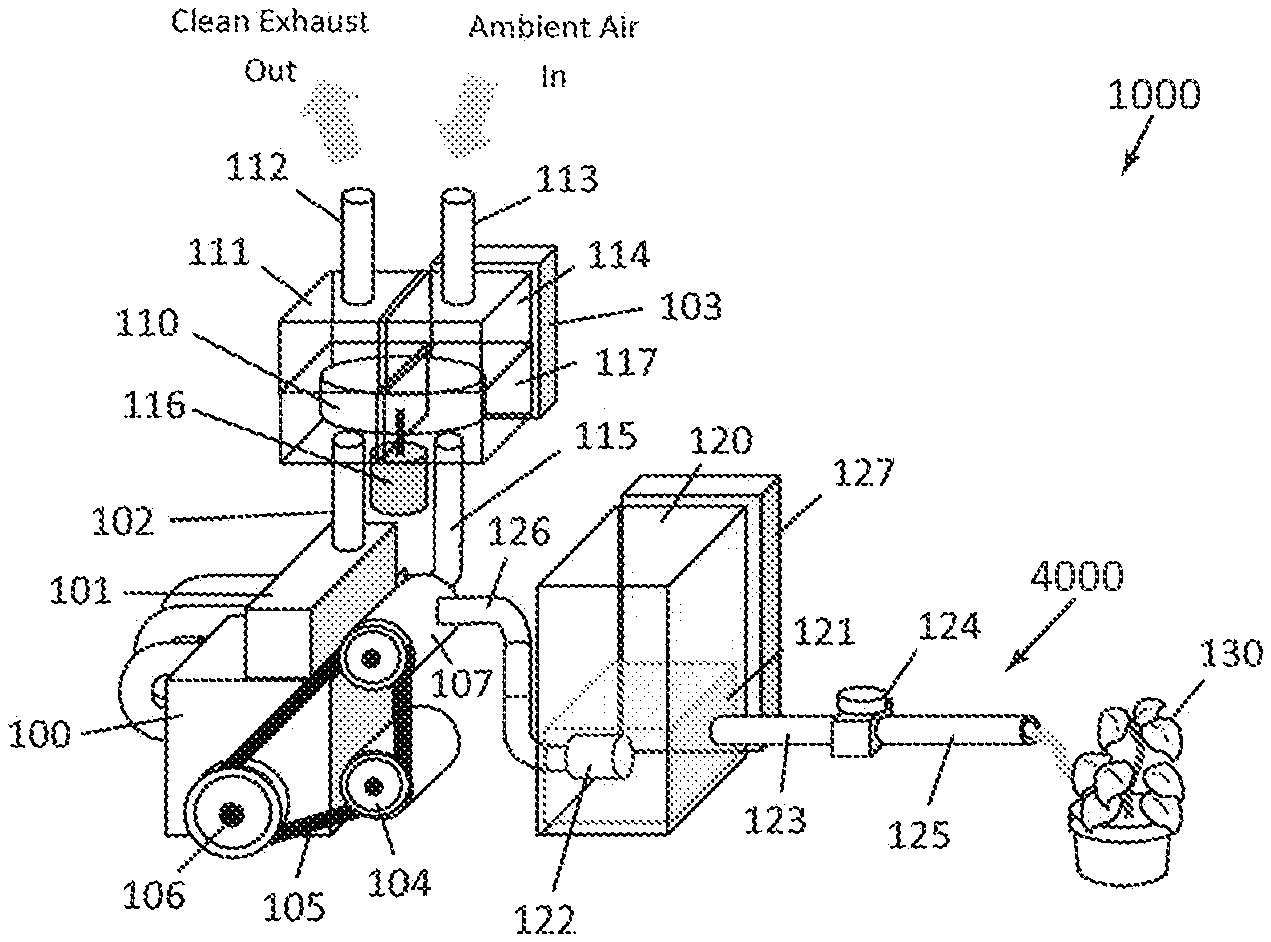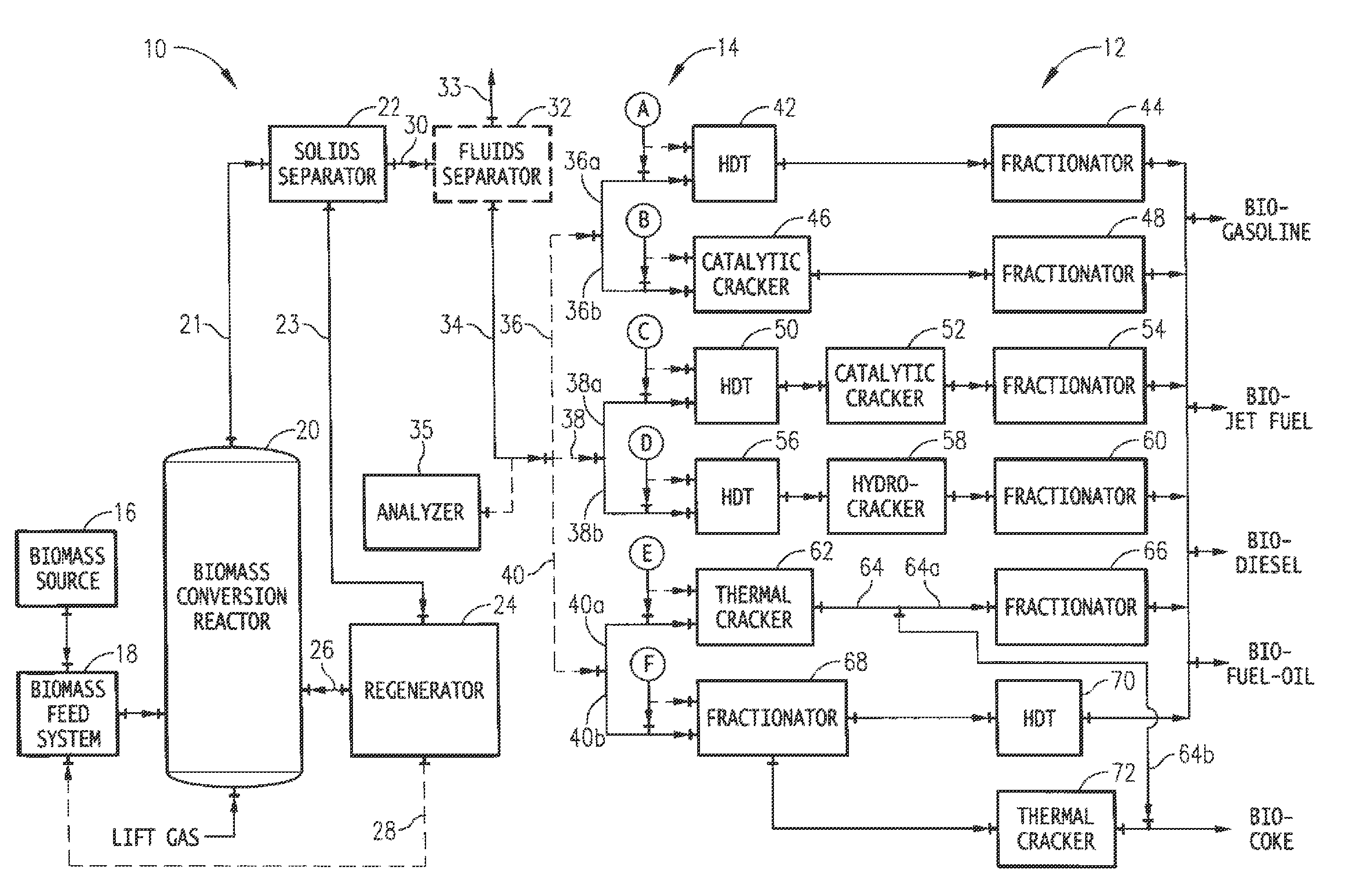Looking Toward a Greener Future: Patents That Shape Environmental Progress
With Earth Day on the horizon, it’s a great time to highlight the technological advancements that help protect and sustain our planet. Recent patents in carbon capture and weather-related advancements contribute towards solutions that address environmental challenges. Here are a few patents that play a role in the ongoing effort to shape a green future.
Artificial Rain Technology (Issued December 28, 1929)
An early patent in weather modification was granted in 1929 and describes a process for generating artificial rain by dispersing hygroscopic substances—materials that absorb moisture—into the atmosphere. The method involves releasing compounds like calcium chloride, magnesium chloride, and phosphates from aircraft, allowing them to attract water vapor as they fall through the air. By passing through cloud layers, these substances enhance condensation, potentially leading to rainfall. This early innovation in weather modification aimed to address drought conditions and improve agricultural productivity especially in water-scarce communities or regions.
Carbon Capture and Storage (Issued June 20, 2023)
With climate change at the forefront of global concerns, carbon capture technology has become a crucial innovation. Enhanced CO₂ capture and storage, allowing industries to reduce their carbon footprint by trapping emissions before they reach the atmosphere, began in larger volume and scale in the early 2000s. This carbon capture system captures carbon dioxide from fossil fuel emissions, stores it in water, and uses it to nourish plants. By recycling CO₂ through natural photosynthesis, it helps reduce emissions and support environmental sustainability.
Carbon capture system, apparatus, and method
Image: Google Patents
Production of Renewable Biofuels (Issued September 20, 2016)
The process described in U.S. Patent No. 9, 447,338 produces renewable fuels in commercial quantities with enhanced efficiency by integrating a bio-oil production system with a conventional petroleum refinery. This technique bridges the gap between renewable and traditional energy sources by making sustainable fuels more accessible. The combination produces cleaner fuels at a larger scale without requiring brand new infrastructure.
Image: Google Patents
The Future of Environmental Patents
These patents represent a small fraction of the innovations that have shaped environmental progress. As technology continues to evolve, new solutions will emerge to address climate challenges and promote sustainability. This Earth Day, Suiter Swantz IP wishes to celebrate the ingenuity that drives positive change—and we continue to support advancements that will protect our planet for generations to come.


